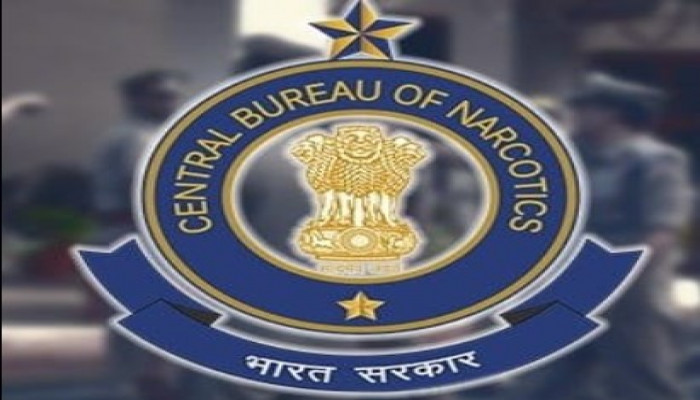Central Bureau of Narcotics to implement GIS mapping for Opium cultivation monitoring
- In Reports
- 01:16 PM, May 10, 2024
- Myind Staff
The Central Bureau of Narcotics is planning to conduct a geographic information system (GIS) mapping survey to monitor opium cultivation, with the aim of combating illegal trade in the commodity within the country, according to sources familiar with the situation.
According to sources, the bureau intends to issue a new request for proposal to engage a managed service provider to carry out the survey and implement the GIS platform by the end of June or July.
The previous request for proposal (RFP), issued in February, was cancelled due to a lack of adequate response. The decision to conduct the proposed survey comes in response to an increase in illicit opium cultivation across the country, despite efforts by law enforcement agencies to crack down on it, sources revealed.
According to sources, there have been reports of farmers engaging in opium cultivation alongside other crops, particularly in regions such as the Northeast, Rajasthan, and Bihar. A senior official, speaking on condition of anonymity, disclosed that there has been a notable increase in illicit opium cultivation, with law enforcement agencies destroying approximately 7,000 acres of opium crops in Bihar, Jharkhand, Manipur, and Rajasthan in recent months.
When questioned about the total extent of illegal opium cultivation and trade in the country, the official remarked, "It is challenging to provide an exact acreage as farmers cultivate it in patches mixed with other crops. Identification is difficult, hence GIS mapping will aid in this regard."
India is one of the 12 countries authorised by the United Nations Single Convention on Narcotic Drugs (1961) to produce opium and the sole producer of gum opium. Legal cultivation occurs in designated areas under annual licences issued in Madhya Pradesh, Rajasthan, and Uttar Pradesh.
The Central Bureau of Narcotics issues licences to eligible cultivators for opium production. Madhya Pradesh and Rajasthan collectively contribute 80% of India's opium output. As per recent data, there are 54,500 eligible opium cultivators in Madhya Pradesh, 47,000 in Rajasthan, and 10,500 in Uttar Pradesh.
The Centre plans to raise the number of licences to 145,000 to fulfill the growing demand for pharmaceutical preparations for palliative care and other medical purposes, both domestically and internationally.
Processed opium finds application in products like morphine and codeine oxycodone, primarily utilised for pain management, cough syrup, and palliative care, particularly for cancer patients. The government provides compensation ranging from ₹950 to ₹3,500 per kilogram of opium, contingent on its quality. However, its value in the black market may escalate to as much as ₹1.5 lakh per kilogram.
Opium prices in the international market fluctuate between $355 and $375 per kilogram, prompting instances of smuggling and the proliferation of illegal drug markets.
Image source: The Economic Times







Comments